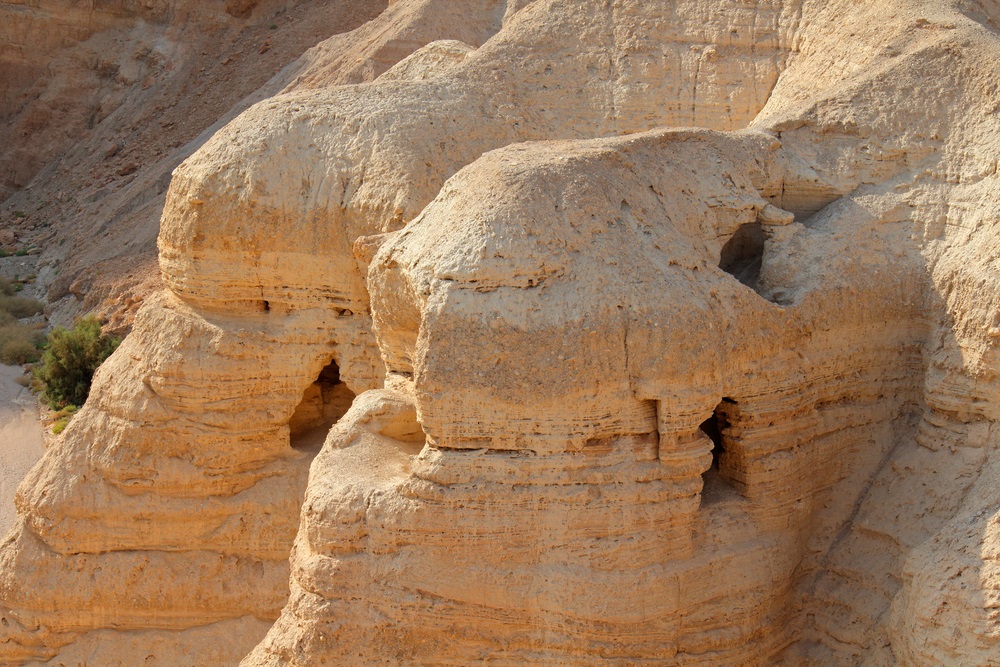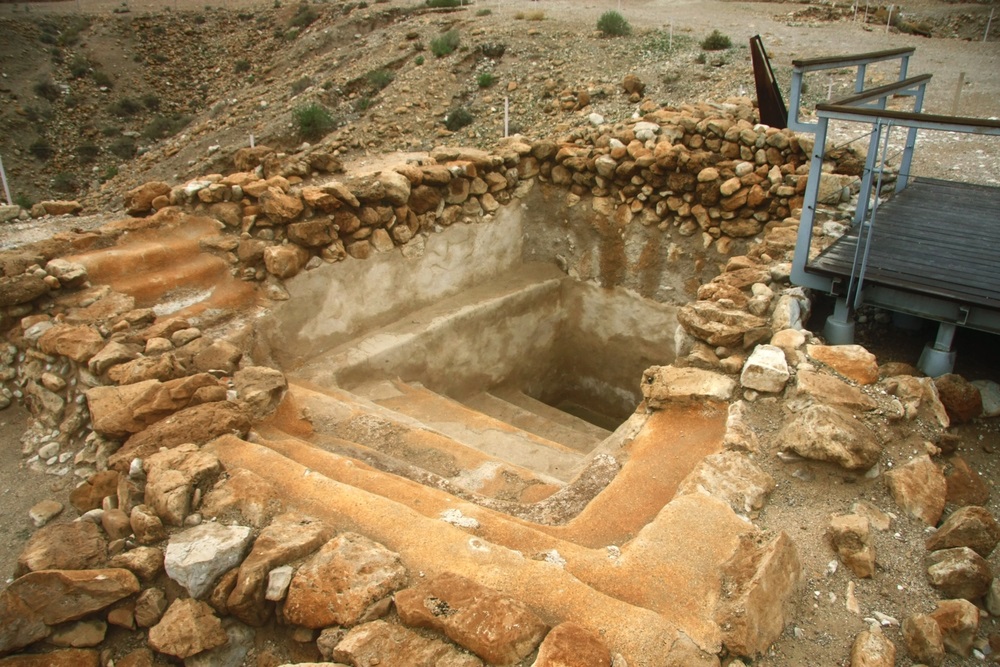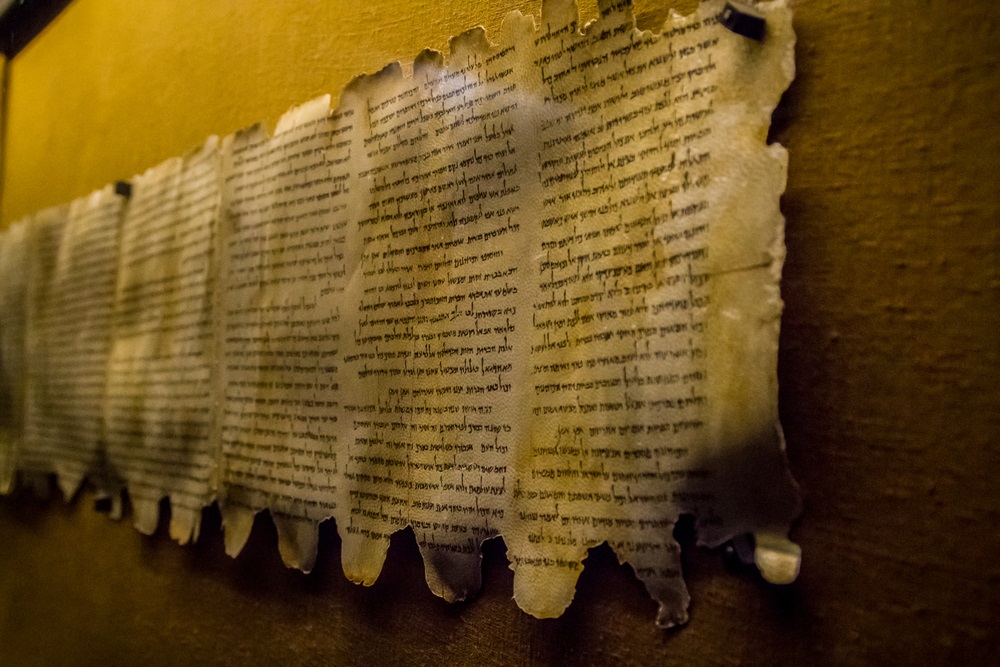A tour through the national park is a journey back to biblical times, where visitors can see the ancient town, complete with excavated buildings.
Help Aleteia continue its mission by making a tax-deductible donation. In this way, Aleteia’s future will be yours as well.
*Your donation is tax deductible!
The Holy Land is a region steeped in religious history that has inspired the faith of pilgrims for thousands of years. While there is no shortage of historically significant religious sites to visit in the Holy Land — where one can follow in the footsteps of Christ, John the Baptist, and the apostolic journeys of Jesus’ followers — there is one site in particular that has contributed greatly to our understanding of early Christianity and the spread of the Christian texts: Qumran.
Qumran, a national park located just 40 miles outside Jerusalem, is the site that famously yielded the Dead Sea Scrolls. In 1947, the ruin was explored by Bedouins — nomadic Arab peoples — who first discovered several of the ancient scrolls, which became the earliest known written examples of the biblical texts.

The revelation led to a full-scale archaeological study of the area, which in turn led to the discovery of more scrolls that were dated between the 3rd century BC and the 1st century AD. By the time the work was done, experts pored over 20 fully intact ancient scrolls and thousands of fragments from others.
The scrolls found include books from the old testament of the Bible, non-biblical religious texts, and detailed descriptions of the daily life of the Essenes people.
The Essenes were the residents and caretakers of Qumran and the scrolls. They were an all-male Jewish sect that held firm to the teachings of Moses as written in the Torah. The Essenes lived in a closed community of about 200, until the settlement was conquered and razed by the Romans at around the fall of the Second Temple, in 68 AD. After this invasion, the site became a ruin and has been vacant for nearly 2,000 years.
Despite this long period without any caretakers, the site is in very good shape. Visitors to Qumran can still explore the ancient town, where they can view excavated buildings that once contained meeting rooms, dining areas, a watch tower, a pottery workshop, and stables. The site also has quite a few ritual purification pools, which were believed to play an important part in the Essenes’ worship practices.

Tours will also take pilgrims to the many caves surrounding the complex, where ancient Dead Sea Scrolls were found. There is some debate as to whether the caves were used as living areas, in which case the scrolls could have been texts kept for personal worship, or if the caves were intended to be something of a library. It should be noted that, while the caves are viewable, entrance is not permitted.
A visit to Qumran wouldn’t be complete without one of the highly praised guided tours. Tour guides are incredibly knowledgeable about the site and they present tangible evidence, in the form of artifacts found in Qumran, in order to paint a picture of what life would have been like at the settlement. Along with educational tours that include lectures, they also offer “dramatic tours,” which utilize actors to recreate the discovery of the Dead Sea Scrolls by lamplight.
Qumran is open for touring through all months of the year. Between April and September, they admit visitors from 8 a.m. to 5 p.m., but in the winter months, they reduce these hours to 8 a.m. to 4 p.m.. Admission price is 21NIS for adults and 9NIS for kids. Atlas Obscura notes that the park is wheelchair accessible and offers aids for the visually impaired.









